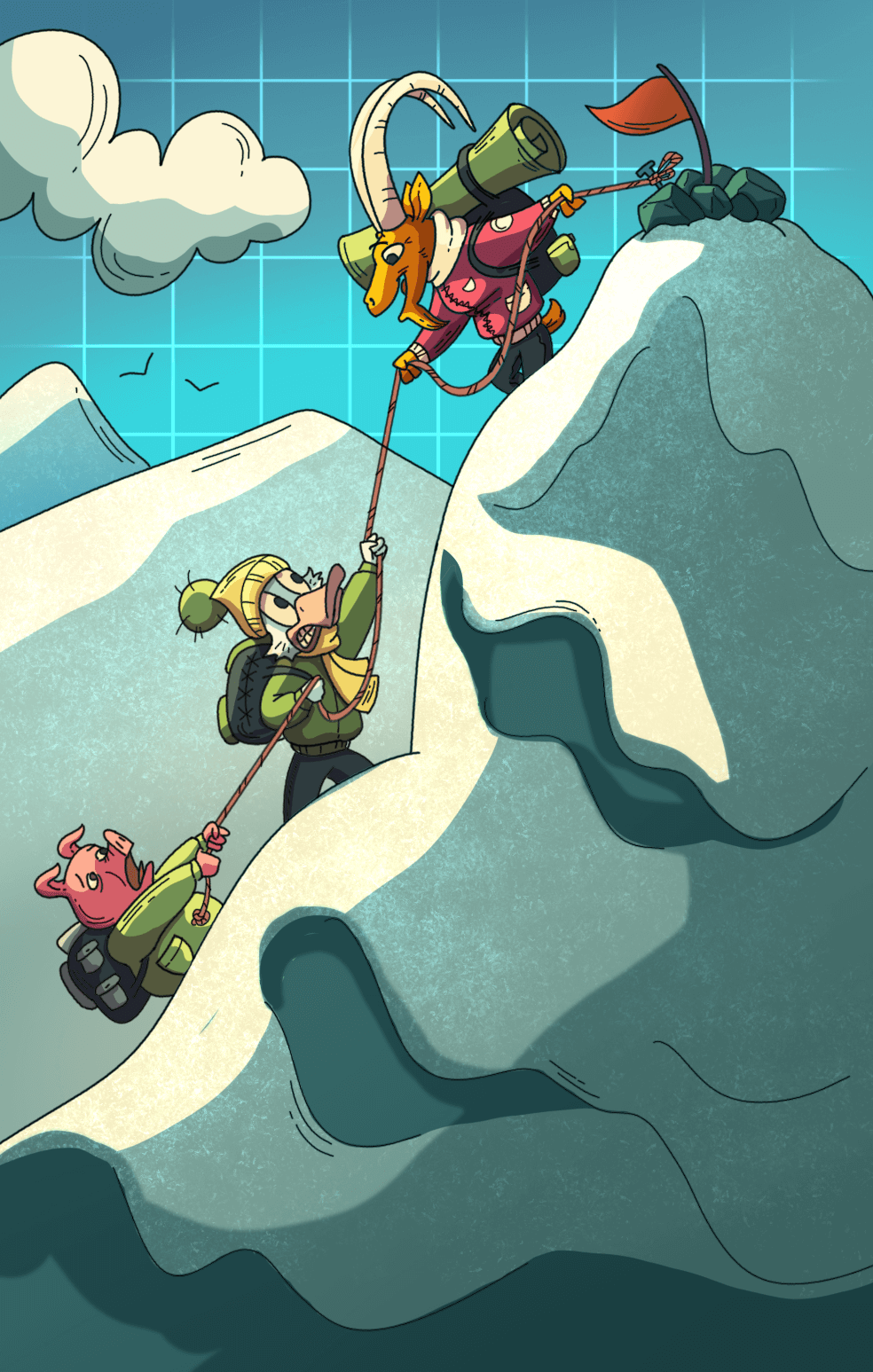
Immersive sim
Difficulty level — hard
4months
8specialists
Now it is time to go through the Wardrobe and get to Narnia! Invite clients to virtually use the product. Develop a simulation for purchasing your product. It may be a mortgage, a loan, or an investment. Clients then will be able to consider the pros and cons of purchasing your product. This way clients will make a more thoughtful decision when purchasing a product. And you will receive a more qualified client, who knows and understands all the ins and outs. Include customization of the simulation for a variety of audiences and product types for each client to find their own profit in your game.
Results
Clients' awareness about potential risks will increase
Clients will see potential risks using the simulation. Therefore, they will be able to find the best terms of purchasing the product.
Clients will realize how to handle negative consequences
Clients may set a strategy for potential issues and their solution if they have been immersed in this simulation.
Company losses will be minimized
Clients will see what actions to avoid to still be able to pay off the loan or mortgage, prevent an insured risk, or not lose money on investments. This way clients will be aware of potential negative consequences. Thus, the company will minimize the losses when a client purchases a real product.
Attachment to the brand
Clients will interact with your product both online and offline. This will lead to a strong attachment to your company brand.
Key Performance Indicators
Simulation participants' NPS
Measure the Net Promoter Score (NPS). The metric shows the participants' willingness to recommend the simulator-assisted learning to other clients. The higher the players' level of satisfaction, the higher the NPS. If NPS is above 7, everything is done correctly.
Number of participants
If the simulation is organized correctly and brings real benefits to clients, you will see a monthly increase in the number of users participating in the simulation.
Number of reposts
If you add the feature of sharing simulation results on clients' social network accounts, the number of reposts will increase monthly.
Stickiness rate
The frequency of using the simulator during the month is calculated as the ratio of the number of unique users per day divided by the number of unique users per month. If the clients will use your simulation daily, this indicator will reach 100%. This indicates that the simulation attracted users, although, reaching this level is hardly possible. We advise tracking the metric. It should show a persistent rate of no less than 20%. If you see that the indicator is decreasing, remind clients about the simulator. You may run a mailshot, or update the simulation by adding new scripts and features.
Retention rate
We advise using the following formula for calculating the retention rate — the number of clients at the end of the period minus the number of clients gained during the period, divided by the number of clients at the beginning of the period, multiplied by 100%. If the indicator exceeds 40% three months after the training start, the simulation is highly successful. Be sure to track that the indicator is not below 25%-30%.
Average session duration
The average session duration is the sum of the time users have been in the simulation divided by the number of sessions. Clients will spend a lot of time on the website if they are interested in the simulation. Hence, the average session duration will uplift.
Required resources
1
Copywriter
1
Project manager
2
Developer
1
Product methodologist
1
Game designer
1
UX/UI designer
1
Illustrator
Game mechanics
How to apply the Potion
1
List all products
Select the products on which you intend to run the simulation. We advise starting with a few key products that you often use to attract a larger audience. Collect a database of potential situations that clients may encounter after purchasing the product. They should include taxes, monthly payments, accompanying expenses, or potential force majeure.
2
Develop a simulation
It is advisable to implement this simulation as a separate website. We advise engaging the company addressing such issues, or each of the specialists individually, to undertake this task. The best option is to duplicate the real world for users to draw direct analogies with what can happen in real life. Offer clients to choose their character during the first launch. It can be a businessman, a student, a senior person, or any other character. Ask several questions: does the user have a family or whether they live in a big city or the countryside. This will then define the background picture in the simulation. Set up a variety of situations for clients to experience. They will then have to choose something and, thus, face the consequences. Reward clients with points and badges for the right choices with no negative consequences. Reward them with material bonuses in case of further simulation development. We advise setting a time limitation for decisions like in real life. This will help a client track the simulation dynamics.
3
Conduct a test run
Launch the simulator for a limited number of loyal clients. You will then identify possible deficiencies and gather the initial feedback for the necessary adjustments to the scripts or the visual component.
4
Organize a full-fledged training and monitor the indicators
Lunch a simulator depending on the results of the test run and after fixing all issues. Collect feedback to determine the necessary satisfaction rate after the simulation. Track the metrics of the tool as a whole. If the metrics are not growing, try upgrading the list of products and their features. You may also add some scripts to raise the players' interest and diversify interactions.





